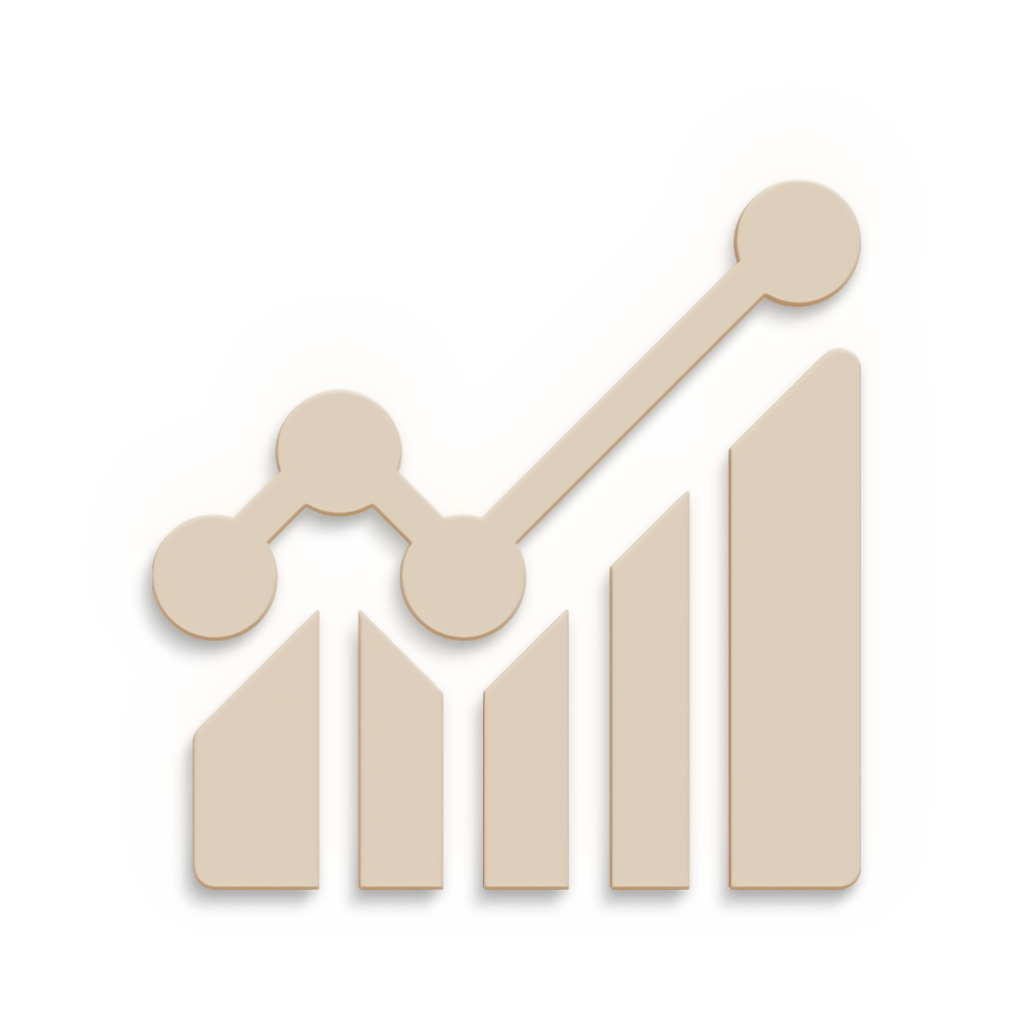ETFs vs Mutual Funds – 6 Crucial Differences: Unlock the Key Benefits of ETFs Over Mutual Funds
Investing in financial markets can be complex, and two of the most popular instruments for building wealth are Exchange-Traded Funds (ETFs) and Mutual Funds. Though they may seem similar at first glance, they differ in terms of structure, management, and the way they are traded. This article will break down what ETFs and mutual funds are, explain how they differ, and help you decide which might suit your investment goals.
What is an ETF?

An Exchange-Traded Fund (ETF) is a type of investment fund that pools money from various investors to invest in a diversified portfolio of assets, like stocks, bonds, or commodities. The unique feature of ETFs is that they are traded on stock exchanges, similar to individual stocks. This means their prices fluctuate throughout the trading day as they are bought and sold.
How ETFs Work
ETFs are typically passively managed and often track a specific index, such as the Nifty 50 or S&P 500. This means that instead of a fund manager actively selecting which assets to buy or sell, the ETF aims to replicate the performance of a certain index by holding the same assets in the same proportions. This passive management usually leads to lower fees compared to mutual funds.
ETFs can be a great option for investors looking for:
- Liquidity: They can be bought and sold throughout the day at market prices.
- Tax Efficiency: ETFs tend to be more tax-efficient because they are structured to minimize taxable capital gains distributions.
- Cost-Effectiveness: Lower expense ratios due to passive management make ETFs a cost-efficient option for long-term investors.
What is a Mutual Fund?

A Mutual Fund is another type of investment vehicle where a professional fund manager pools money from various investors to buy a diversified set of assets. However, unlike ETFs, mutual funds are bought or sold based on their Net Asset Value (NAV), which is calculated at the end of each trading day.
How Mutual Funds Work
Mutual funds can be actively or passively managed:
- Actively Managed Mutual Funds: These funds have professional managers who make decisions about buying or selling assets based on research and market analysis. The goal is to outperform the market or a specific benchmark.
- Passively Managed Mutual Funds: Similar to ETFs, these funds replicate a specific index and aim to match its performance.
Investors can enter mutual funds through lump-sum investments or Systematic Investment Plans (SIPs), allowing regular, small investments over time.
Mutual funds are suited for those looking for:
- Professional Management: A fund manager who actively manages the portfolio on behalf of investors.
- Diversification: Even a small amount of investment offers exposure to a wide variety of assets, reducing the overall risk.
- SIP Convenience: Investors can invest regularly in small amounts, perfect for those who prefer a disciplined approach.
Key Differences Between ETFs and Mutual Funds
- Trading Mechanism:
- ETFs: Traded like stocks on exchanges, with prices changing throughout the trading day.
- Mutual Funds: Bought or sold based on the NAV at the close of the trading day.
- Management Style:
- ETFs: Primarily passively managed, meaning they aim to replicate the performance of a specific index.
- Mutual Funds: Can be actively or passively managed, with many funds attempting to outperform the market.
- Liquidity:
- ETFs: Offer better liquidity, as they can be bought or sold at any time during the trading day.
- Mutual Funds: Less liquid since they can only be redeemed at the end of the day based on the NAV.
- Expense Ratios:
- ETFs: Generally have lower expense ratios due to passive management and the absence of large fund management teams.
- Mutual Funds: Actively managed mutual funds typically come with higher expense ratios because of the expertise and research involved.
- Minimum Investment:
- ETFs: Investors need to buy at least one share, which can vary in price depending on the fund.
- Mutual Funds: Often have a higher minimum investment threshold, but through SIPs, investors can start with a small amount.
- Tax Efficiency:
- ETFs: Generally more tax-efficient, as they don’t distribute capital gains to investors as frequently as mutual funds.
- Mutual Funds: More prone to taxable events due to the active buying and selling of assets.
Recent Examples: The Indian Market

In India, the growth of both ETFs and mutual funds has been remarkable over the past few years. A popular example is the Nifty 50 ETF, which tracks the top 50 companies in India and offers investors a low-cost way to invest in the Indian equity market. On the mutual fund side, funds like the SBI Bluechip Fund are actively managed, aiming to provide long-term capital growth by investing in large-cap companies.
According to recent data, ETFs have been gaining traction among Indian investors, especially after the pandemic. Many investors are now preferring ETFs for their liquidity and lower fees. As of 2023, ETFs like the Nippon India ETF Nifty BeES have become a go-to choice for long-term passive investors.
Which Should You Choose?
Choosing between ETFs and mutual funds depends on your investment goals and preferences:
- If you prefer lower fees, tax efficiency, and intraday liquidity, ETFs might be the better option.
- If you value professional management and prefer a more hands-off approach, mutual funds could be your best bet.
In conclusion, both ETFs and mutual funds offer investors a way to build diversified portfolios, but their structures and benefits differ. Consider your financial goals, risk tolerance, and investment horizon to decide which one suits you better.
Missed Something?
A Short Message by FINOLOGIC

At Team Finologic, we’re committed to helping you navigate the world of finance and the stock market in the simplest way possible. Whether you’re a beginner or someone looking to deepen your understanding, we break down complex financial concepts so you can make informed decisions with confidence. From market trends to investment strategies, we’re here to guide you at every step, ensuring that your financial journey is smooth and well-informed. Let us be your partner in mastering finance, one step at a time!
At Finologic, we offer a range of resources to help you stay ahead in the financial world. Here’s what you can explore on our platform:
- IPO Dashboard: Get detailed insights and updates on upcoming and past Initial Public Offerings (IPOs), so you can make timely and informed investment decisions.
- Financial Calculators: From loan EMIs to retirement planning, our easy-to-use calculators are designed to help you manage and plan your finances with precision.
- Financial Blogs: Dive into our blogs that cover the latest trends, news, and expert advice on all things finance, tailored for both beginners and seasoned investors.
- Cryptocurrency Information: Stay updated on the fast-evolving world of cryptocurrencies, including market movements, expert analysis, and investment strategies.
- ETF (Exchange-Traded Fund) Scanner: Discover and compare the best ETFs with our powerful scanner, helping you find the right funds to match your investment goals.
With Finologic, you have all the tools and information you need to make smart financial choices!



